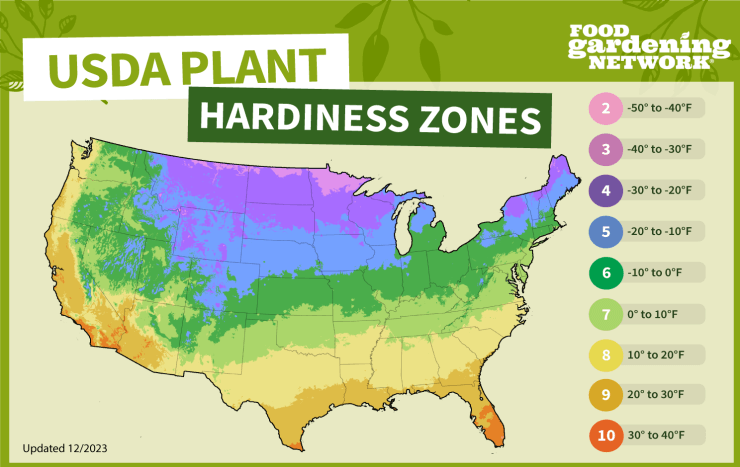Broccoli is a cool-season vegetable that thrives in cooler climates. It is generally recommended to grow broccoli in USDA Plant Hardiness Zones 3 to 10. Here are examples of U.S. states that fall within these zones:
Zone 3: Some states in this zone are:
- Minnesota
- Montana
- North Dakota
- Parts of Alaska
Zone 4: Some states in this zone are:
- Maine
- Michigan
- New Hampshire
- Vermont
Zone 5: Some states in this zone are:
- Illinois
- Indiana
- Iowa
- Ohio
- Pennsylvania
- Parts of New York
Zone 6: Some states in this zone are:
- Maryland
- Massachusetts
- Missouri
- New Jersey
- North Carolina
- Tennessee
- Virginia
- West Virginia
Zone 7: Some states in this zone are:
- Arkansas
- Delaware
- Kentucky
- Oklahoma
- South Carolina
- Parts of Georgia
- Parts of Texas
Zone 8: Some states in this zone are:
- Alabama
- Florida
- Louisiana
- Mississippi
- Parts of Georgia
- South Carolina
- Texas
Zone 9: Some states in this zone are:
- Arizona
- California
- Parts of Texas
Zone 10: Some states in this zone are:
- Hawaii
- Puerto Rico
While broccoli is typically grown as an outdoor crop, you can also attempt to grow it indoors under the right conditions. However, indoor gardening of broccoli can be challenging due to its preference for cool temperatures and adequate sunlight. If you want to grow broccoli indoors, consider the following:
- Light: Broccoli requires at least six hours of direct sunlight per day. Place them near a south-facing window or use grow lights to provide sufficient light.
- Temperature: Broccoli prefers cooler temperatures between 60 to 70 degrees F. Avoid exposing the plant to extreme heat.
- Space: Ensure your indoor setup provides enough space for the broccoli plants to grow and spread out.
- Soil: Use well-draining, nutrient-rich soil with a slightly acidic pH for indoor broccoli plants.
- Watering: Keep the soil consistently moist but not waterlogged. Avoid letting the soil dry out completely.
- Fertilization: Apply a balanced fertilizer or one that is higher in nitrogen to support healthy foliage growth.
- Pest control: Monitor for common indoor pests and take appropriate measures to control them if necessary.
While growing broccoli indoors can be more challenging than growing it outdoors, it is possible with proper care and attention to the plant’s needs.
Check out the USDA Plant Hardiness Zone Map and find out what zone your zip code is located in here. Or you can use our map to get a general idea of what your plant hardiness zone is.



 Previous
Previous

